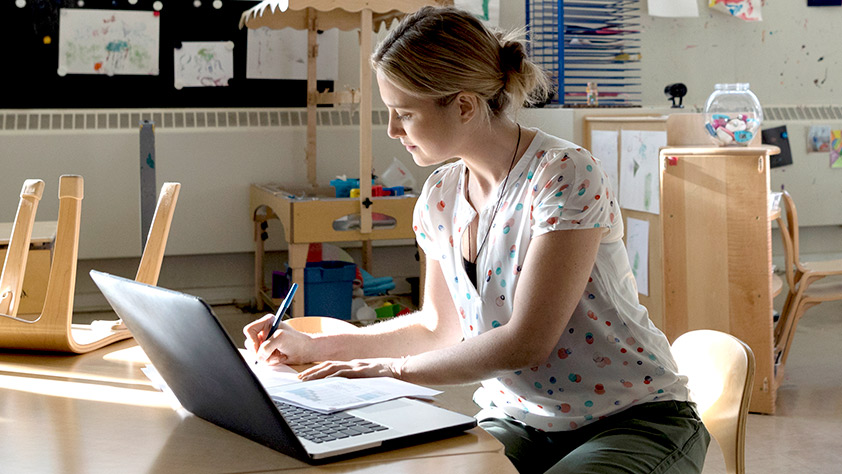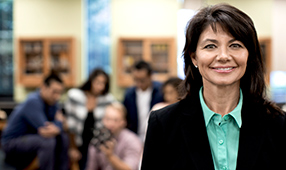In stark contrast to the stressful day-to-day demands of a career in education, a long-term deadline like renewing your certification can appear so far off in the distance that it doesn’t seem real. But as the years pass, that date can sneak up on you, leading to a steady stream of panicky thoughts: Do I have the right credits and courses? Will my state accept them? Can I get it all turned in on time? Will I lose my license?
Relax. With a little planning and doing a small bite at a time, you can put yourself ahead of schedule and stop that nagging undercurrent of anxiety. Here’s how.
Know the process
License renewal requirements vary widely from state to state. Some only require a couple of classes and a simple mail-in form, while others ask for documentation of professional learning centered on five or more specific topics.
Well before your license is set to expire, go online and review your state’s requirements, paying special attention to anything that’s changed since the last time you renewed. Also, identify the right person in your district who can answer questions if you get confused. You can find your state affiliate here.
Start (and finish) early
“I get calls too often from teachers who say, ‘I just realized my license expires, and I need to earn five new credits in the next two months,’” says Susen Schirmer, license renewal coordinator for Heartland Area Education Agency in Iowa. One teacher who missed the deadline had to take a five-week unpaid leave of absence while he made up the coursework, she says.
If you start earning credits early in a renewal cycle, you won’t feel rushed at the end. “Mark it on your calendar,” says Joe Cotter, CEO of Learner’s Edge, a Minnesota-based continuing education provider for teachers. “Have annual goals that include a certain amount of professional development that’s going to apply to your relicensure.”
It’s best to turn in your application for renewal plenty early, too. Kathy Schommer, a high-school science teacher in Howard, Wisconsin, experienced a few weeks of license limbo when she submitted her application a month before the deadline and then didn’t hear back.
“It took probably eight to 12 weeks for the renewal to come through,” Schommer says. But, she notes, “They had no problem cashing the check.”
Think high-interest
Instead of just trying to fill up required credit hours, look for classes that you think will be interesting or provide you with new skills. The classes will seem like less of a chore, and you may end up taking more of them than you need—a good problem to have!
Angie Bennett, a former Iowa teacher who keeps her license current so she can return to the classroom, recently took a class on the adolescent brain. “I have two teenagers that live in my house, so I thought, this makes sense,” she says.
“I seek out what I’m lacking in my teaching,” says Sarah Kaiser, a first-grade teacher in Victor, Idaho. She estimates that she already has three times as many credits as she’ll need when her license comes due this fall. “I don’t even think about it,” she says. “I just have to remember to print the form and send the check.”
Document and double-check everything
Keep physical and electronic folders with documentation of all your coursework, workshops, teaching conferences and anything else that might count toward your license renewal. Then, after you submit the documentation to your school district or the state, follow up.
“Sometimes they lose it and I have to send it again, or they don’t apply it right,” says Katie Churchill, a Minnesota native. Churchill always checks online after submitting materials to make sure they’ve been processed correctly.
Get creative
Look for hidden ways to rack up credit hours. In some states, administrators can give teachers course credit for their attendance at professional learning community meetings—something they’d be doing anyway.
Churchill discovered that she could count some of her international travel toward her license renewal. She simply had to submit an itinerary, some photos and a page or two describing her experience working with orphans in Costa Rica and visiting schools in Peru. “That was one less college class that I needed to take,” she notes.












